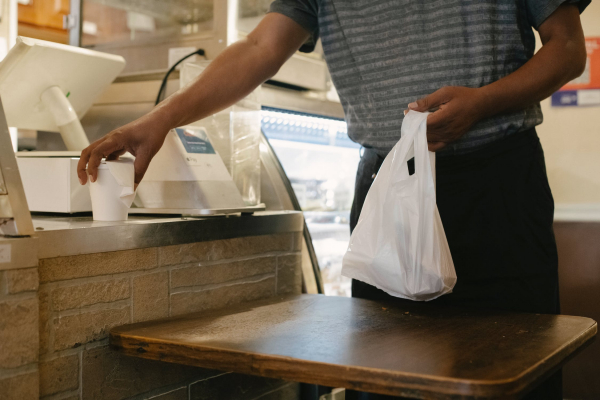At the beginning of the COVID-19 pandemic, we saw a shift away from restaurants as indoor dining options halted. It also put a temporary pause on self-service food offerings in the store. This was an unexpected benefit for convenience stores, as consumers wanting fast to-go options preferred pizza, burgers and sandwiches, which are core c-store offerings.
Furthermore, grocery stores and quick service restaurants are evolving to mimic the format of convenience stores. In response, the convenience vertical has increased their food offerings, including fresh options, to rival grocery competitors and maintain a unique advantage. As of 2019, food service – including prepared items – accounted for 22.6% of sales, and 36.4% of profits at convenience stores in the U.S., according to NACS.
With these numbers, food is bringing a whole new opportunity for growth within the convenience category. This then brings up the question - in the time it takes for a consumer to fill a car’s tank, can they also be in and out of a store with hot food in hand?
COVID-19 transforms mobile usage
Because of the pandemic, convenience stores saw an accelerated use of mobile order and mobile pay features as consumers looked for safe payment methods that also eliminated the time they spent in physical stores when picking up food and other items. A fully integrated Mobile POS can implement smartphone-driven benefits across the business, including:
- Convenience – Making it as easy as possible for consumers to get what they need is the name of the game – and industry.
- Reducing lines – Long wait times to check out were always a major pain point in retail, but are even more so now as consumers and employees are concerned with ensuring health and safety. Mobile POS allows consumers to get in and out of the store while filling up their car.
- Personalization – As consumers use their mobile devices to order and pay for items, retailers can offer personalized promotions and recommendations based off previous order history. This allows opportunities to upsell, and drive relationships with customers that keep them loyal to a brand.
- Competitive differentiation – Factors such as loyalty programs, app design and speed of service can set a brand apart from its competitors.
Think beyond the forecourt
Many consumers are no longer stopping at a convenience store just for fuel. It’s time for retailers to think beyond the forecourt. Self-service and mobile technologies are now the drivers of growth within convenience stores. While foodservice is surging, retailers must take advantage of consumer demand – offering services that match their expectations. Are you ready to deliver them?

